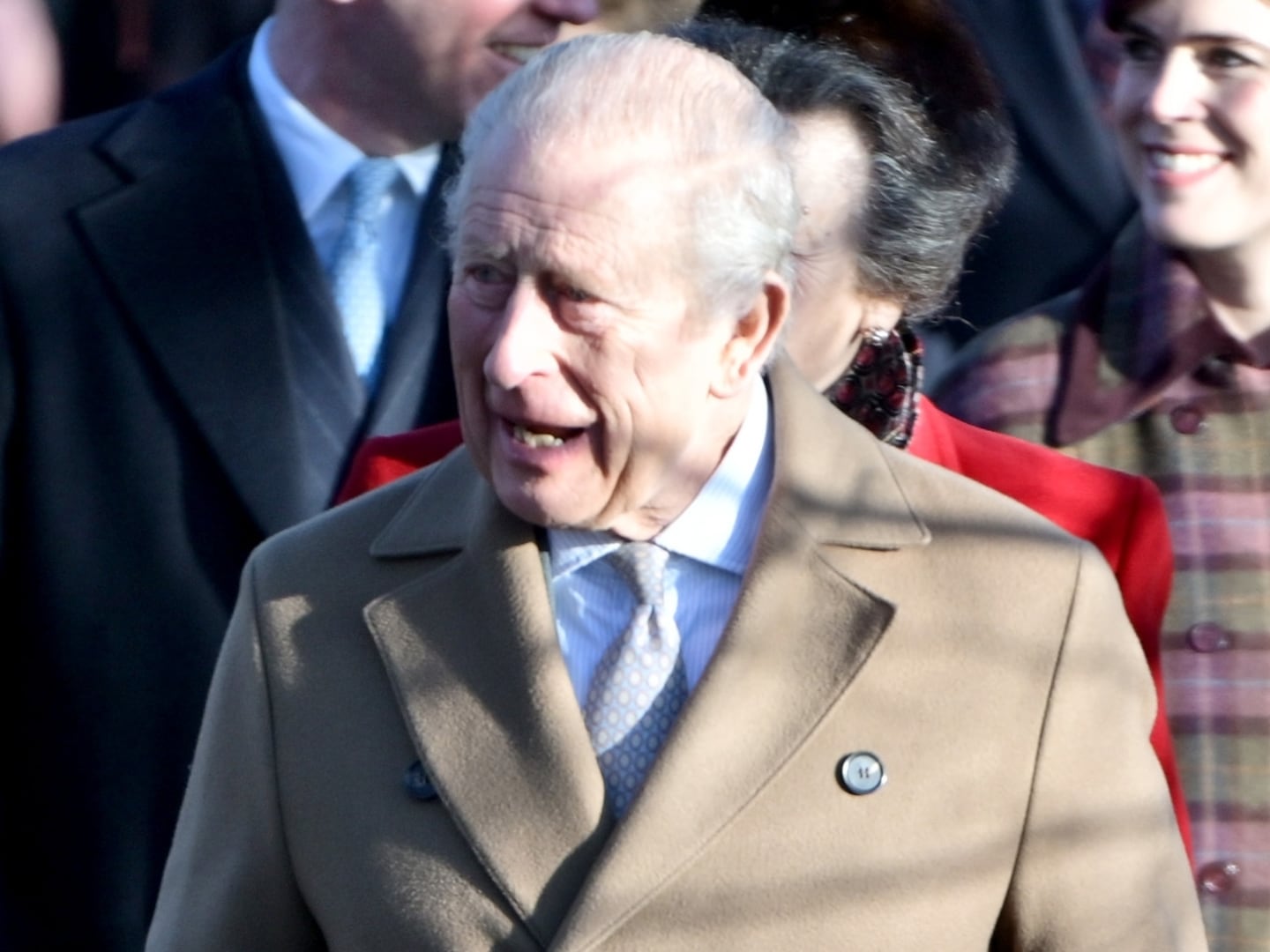A car dashcam has not only provided the most dramatic footage ever of an airplane crash in its final seconds—it also provides invaluable evidence for investigators. As a TransAsia Airways turboprop airliner swoops down out of control one wing clips a car on a bridge (the driver survived, but with serious injuries) and then the whole airplane plunges into a river below.
By freezing frames of the video it becomes clear that the airplane, a European-built ATR, lost power in its left engine. The propellers on this engine are spinning slowly, what is called feathering, while the right engine continues to provide full power.
The ATR had just taken off from Taipei. For any pilot this is worst-case scenario, “one engine out” on a fully-loaded airplane before it has gained much altitude. The last words from the cockpit were “Mayday, Mayday engine flameout.” A flameout usually occurs as a result of some kind of fuel starvation.
At cruise height the airplane can fly on one engine and the pilots have time to prepare for a single-engine landing. But just after takeoff the airplane is at its most vulnerable to asymmetrical power—“torque effect” from the working engine rotates the airplane in the opposite direction to the rotation of the propellers—in this case the right engine whips the ATR into a steep bank to the left in which the wings lose all their lift.
Recovery from “one engine out” is the most crucial test in all training of pilots who make the first step from a single-engine airplane to a twin-engine airplane. The power of the remaining engine is critical to maintaining height but the rotation effect requires extreme corrective moves from the rudder and, on the wings, from the ailerons that keep the wings level.
Whatever caused the loss of power on the TransAsia ATR, it left the pilots with only seconds to correct the imbalance, and they didn’t manage it. As the video shows, the airplane veers so far to the left that when a wing tip hits the car on the bridge the wings are banking at as much as 80 degrees to the left.
In a tragic situation there were two pieces of luck: the river into which the airplane plunged is shallow and the water not cold: rescuers were able to get to the wreck quickly and save many lives. Secondly, there was no fire even though the airplane’s gas tanks would have contained a lot of flammable fuel—thanks to the suppressive effects of water.
This was a virtually new airplane, going into service only last year. The ATR is a universal workhorse for shorter inter-city routes, often between small airports because it does not need long runways. It has a good safety record.
However this is the second ATR flown by TransAsia to crash in a year. Last July 54 people died when a pilot was making a second attempt to land at the Penghu Islands in poor weather, caused by the lingering effects of a recent typhoon. Taiwanese aviation authorities said that the weather conditions were within an acceptable level for safe operations, but the fact that the ATR was making a second attempt to land suggests that the pilot was having trouble aligning with the runway. A final investigative report on the crash has not yet been issued.
Coming as it does on the heels of two major Asian airplane disasters, the loss of Malaysia Airlines Flight 370, still unexplained, and the crash into the Java Seat of AirAsia Flight 8501, where the black box has been recovered and will ultimately provide an explanation, this new disaster inevitably raises the issue of whether the explosive growth of air travel in the region is straining already suspect safety regimes. Asian airlines have almost as many new airplanes on order as Europe and North America combined.
In this case, investigators will go immediately to the maintenance records of the airplane to look for any recent history of problems with the engine, including the immediate history of the flight and, in particular, how it was refueled. The story told by the black box and cockpit voice recorder will be very short—as short as the flight itself.





